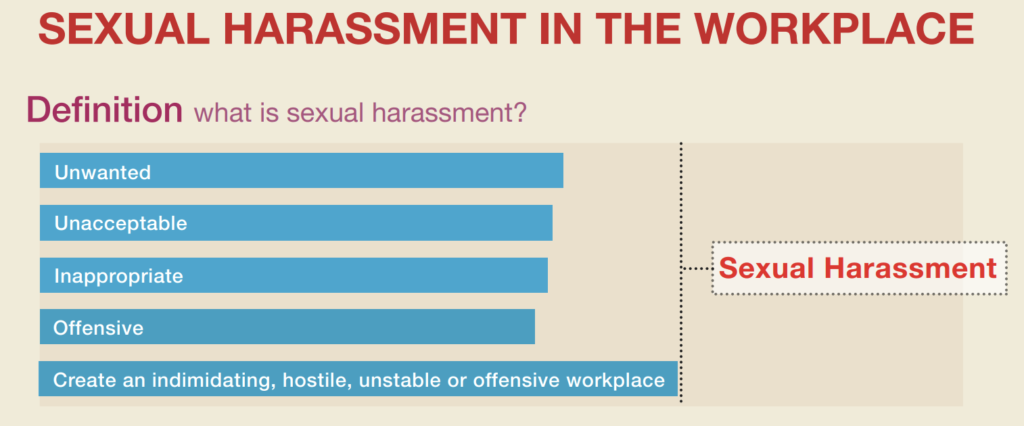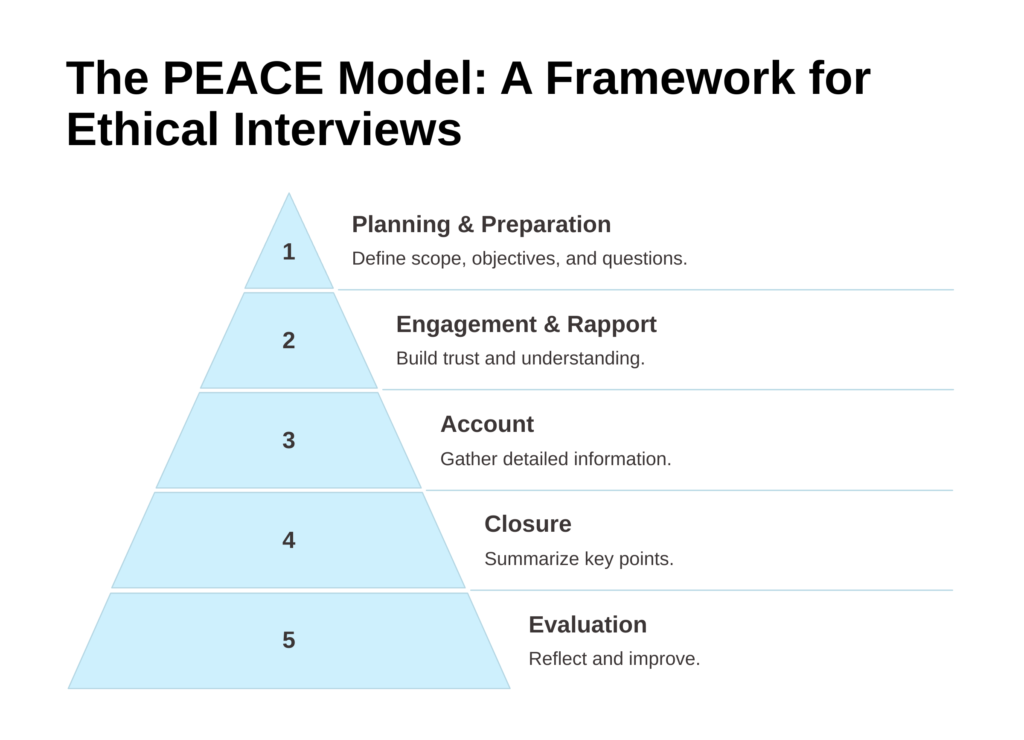In the intricate fabric of workplace dynamics, harassment remains a critical issue that demands vigilant oversight and proactive measures to ensure a safe, respectful, and dignified work environment. ESG audits play a pivotal role in identifying, mitigating, and preventing harassment, including sexual harassment, in the workplace. This blog explores the multifaceted nature of auditing harassment, underlining the complexities, methodologies, and the transformative impact auditors can have in safeguarding employees and fostering a culture of respect and dignity.
Understanding Harassment and Its Forms

Harassment, in its broadest sense, encompasses unwelcome behavior that demeans, humiliates, or intimidates a person, creating a hostile work environment. Sexual harassment, a subset of harassment, is defined by the International Labour Organization (ILO) as “a range of unacceptable behaviors of a sexual nature which manifest themselves, from verbal harassment to physical and sexual assault.” These behaviors, whether single occurrences or repetitive, violate the recipient’s dignity and integrity, often leaving profound psychological impacts.
The Imperative of Identifying Harassment through Audits
The workplace should be a bastion of safety and respect, where every individual has the right to carry out their tasks free from harassment or discrimination. However, the hidden and often unreported nature of harassment makes it a challenging issue to tackle. Identifying risks and cases of harassment through audits is not just important—it’s essential for the well-being of the workforce and the ethical standing of organizations. Audits serve as a critical tool in uncovering these issues, enabling organizations to take corrective actions, comply with legal and ethical standards, and ultimately, protect their employees from harm.
The Complexity of Auditing Harassment
Auditing harassment presents a unique set of challenges. Unlike other audit areas, harassment often leaves no paper trail, making it inherently difficult to detect through document reviews alone. Victims and witnesses may choose to remain silent due to fear of retaliation, shame, or a lack of trust in the confidentiality of the process. This silence is compounded by cultural norms and societal stigmas that discourage open discussion about such sensitive topics. Furthermore, the subjective nature of harassment means that what constitutes inappropriate behavior can vary significantly from one individual to another, adding another layer of complexity to its identification and assessment.
Employing Interviewing Skills to Audit Harassment
Auditors equipped with advanced interviewing skills can navigate these challenges effectively. The PEACE model, detailed in our course, offers a structured and ethical framework for conducting interviews. Through Preparation and Planning, auditors can tailor their approach to be sensitive to the context of harassment. Engaging and Explaining establishes trust and rapport with the interviewee, making them more likely to open up. The Account phase allows auditors to gather detailed accounts through open-ended questions and active listening, while Closure ensures that the interviewee feels heard and respected. Finally, Evaluation enables auditors to reflect on the information gathered and their own approach, ensuring continuous improvement.

Strategic empathy, as introduced by Dr. Shawn Christopher Shea, is another potent tool in an auditor’s repertoire. By creating a supportive environment where interviewees feel valued and understood, auditors can encourage openness and honesty, crucial for uncovering instances of harassment.
Protecting Victims Through Audits
The role of auditors extends beyond identification; it encompasses victim protection and advocacy for systemic change. Through their findings, auditors can require policy improvements, training programs, and reporting mechanisms that not only address incidents of harassment but also prevent them. Ensuring the confidentiality of the information provided by victims and witnesses is paramount in protecting them from potential retaliation.
Auditors can also play a crucial role in promoting a culture of zero tolerance towards harassment, advocating for clear policies, regular training, and a safe channel for reporting incidents. By doing so, they contribute to creating a workplace where respect, dignity, and safety are paramount, and harassment is not tolerated.
Conclusion
Auditing harassment within ESG audits is a task fraught with complexities but imbued with the potential for significant positive impact. Through meticulous preparation, empathetic interviewing, and a commitment to protecting victims, auditors can uncover hidden issues, advocate for necessary changes, and contribute to the creation of safer, more respectful workplaces. The auditors’ role is not just to observe and report but to be agents of change, leveraging their unique position to fight against harassment and uphold the dignity of every worker.
